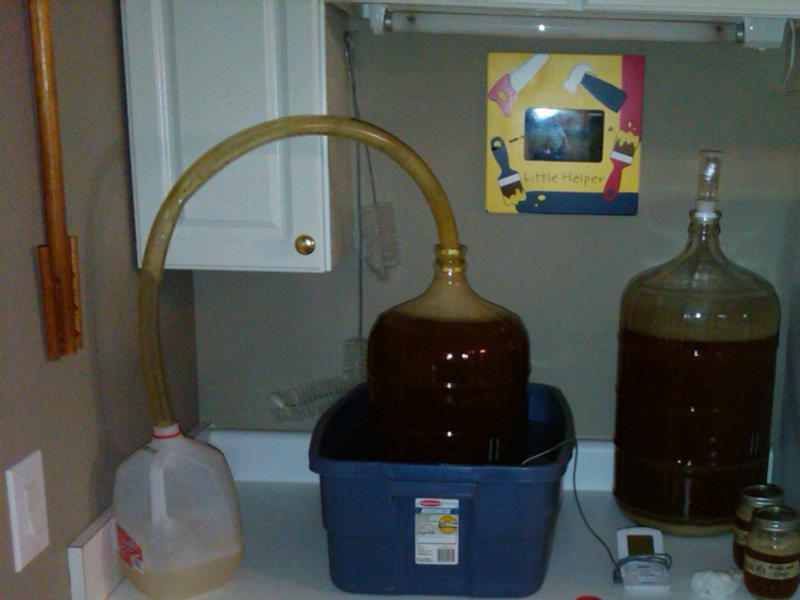curtnsheri
New Member
So the story goes...haven't been doing this too long, and brewing with a new local supplier with new extracts etc. I brewed 6.5 gal with 10 lbs of light LME and 2lbs of grains (10L and 40L crystal). I was shooting for an Imperial IPA and my OG was 1.078 (higher than anticipated). When I bought my ingredients they were out of WLP-001, so based on my recipe the shop recommended and sold me WLP-041 (pacific ale yeast). Turns out after looking it up that this yeast doesn't have near the attenuation potential that I was looking for. After 8 days it is down to 1.040, but I'm pretty sure it isn't gonna hit the 1.015 target. I know now there are a lot of things i could have done better...but is there anything i can do to get the FG down where I want it? (i don't like sweet beer). Would you add some WLP-001... let it sit forever... re-pitch....or just take whatever it makes, bottle and drink it?















![Craft A Brew - Safale S-04 Dry Yeast - Fermentis - English Ale Dry Yeast - For English and American Ales and Hard Apple Ciders - Ingredients for Home Brewing - Beer Making Supplies - [1 Pack]](https://m.media-amazon.com/images/I/41fVGNh6JfL._SL500_.jpg)








































 , and 2 mason jars with APA wort innoculated with WLP041 for future use.
, and 2 mason jars with APA wort innoculated with WLP041 for future use.
